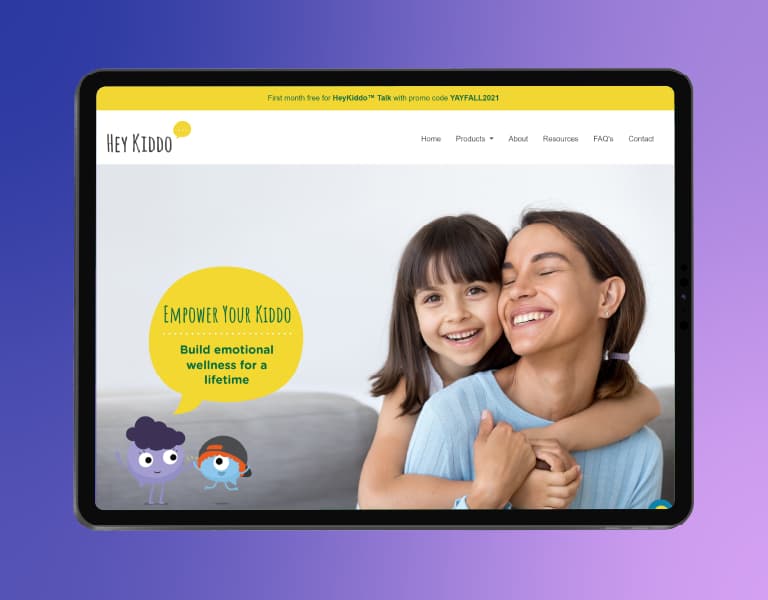
How to Increase Sustainability With Your 2022 Business Strategy

“We only have nine years left to achieve the ambitious UN sustainable development goals we set out to achieve by 2030. So it is urgent to accelerate our progress towards this objective. And corporations can do more and should do more.” – IESE Prof. Fabrizio Ferraro.
As the world continues to inch closer and closer to climate disaster, it is more important than ever for companies to put their sustainability goals in motion. Whether you’re a B2B or B2C company, getting involved in the green movement is not only good for the planet, but for your community and target audience, too. Consumers across industries are demanding more from the companies that they buy from when it comes to ethics and sustainability.
If you’re not sure where to start, the good news is that you can make real progress by taking a look at your business strategy. In this first month of the year, you can set a course that will develop your business and help you to create a positive impact on the planet and all of its inhabitants.
1. Analyze Your Business
When it comes to sustainability, every business is different. The first step is to carve out the time to really dive into each area of your business, and you can get started by looking at your customers and stakeholders. Are they receiving a “green” service or product from you? Are your competitors delivering in this space in a more sustainable way? Take a look into what other leaders in the sustainability space are doing for some first inspiration and ideas. Then, make a record of how your business could improve across each area of your key areas.
2. Set Realistic Targets
Businesses around the world have confidently declared for years that they will be “net-zero” by a certain date. Does anyone ever seem to follow up on this? If you see a company doing this with no updates on their progress or any accountability, they may just be using it as a marketing ploy. This is also known as “greenwashing.” While intentions may have initially been good, it’s all too easy to fall into this bucket of disillusioned marketers. So, don’t fall into the trap of making a big claim about your company’s net-zero goals without the scientific data to back it up.
Set realistic targets and be transparent about your progress. Deliver regular updates and engage with your community and target audience about this important issue.
3. Put Your Ideas Into Operation
Do you know exactly who your suppliers are? Examine your entire supply chain and look at where improvements can be made. Then, start to make the necessary changes. Whether that’s swapping diesel cars for electric cars in your product delivery system or ensuring that your materials are truly ethically sourced, make sure sustainability is reflected across your business operations. If you don’t have a physical supply chain, then make sure that you’re investing in innovation. Whether that’s greener technologies for you and your team or green team practices, there are many ways to achieve your business goals but they all have one thing in common – they’re about ‘doing’ instead of simply ‘saying.’
4. Center Inclusivity
Ensure that your transition to a greener business model doesn’t accentuate existing inequalities in your company. Company cultures that exclude voices from a diverse range of backgrounds in the journey towards sustainability will find themselves with a one-sided and poorly thought-out plan.
For many new businesses and startups, simply achieving a clear vision of your company’s business strategy can seem challenging. Adding sustainability on top of this can be even more confusing. At KCG, we offer business consulting services to help your company establish a clear strategy for growth, as well as clear operating models and financial functions. If you’re not sure where to start, simply reach out to our team today.





















